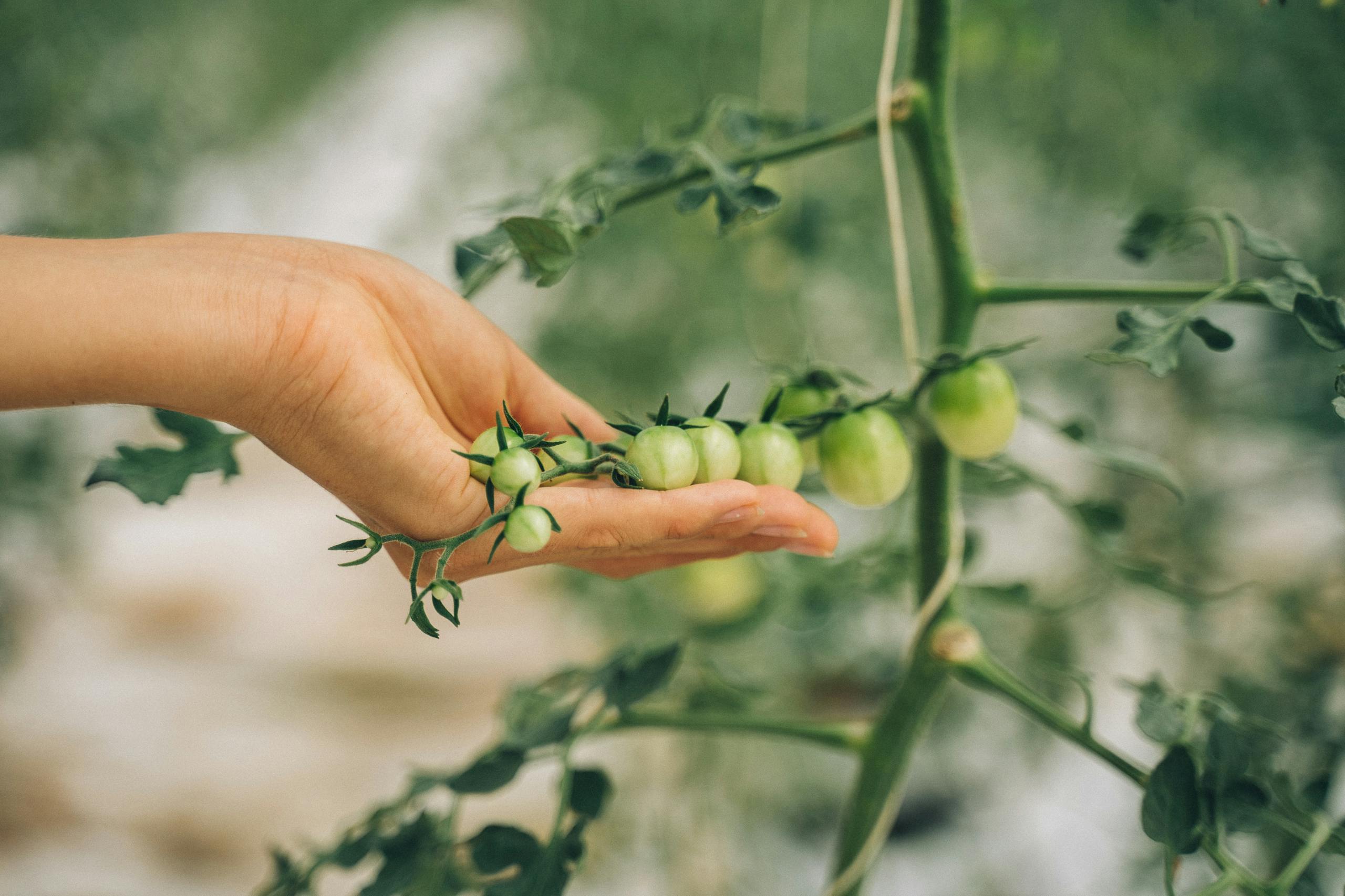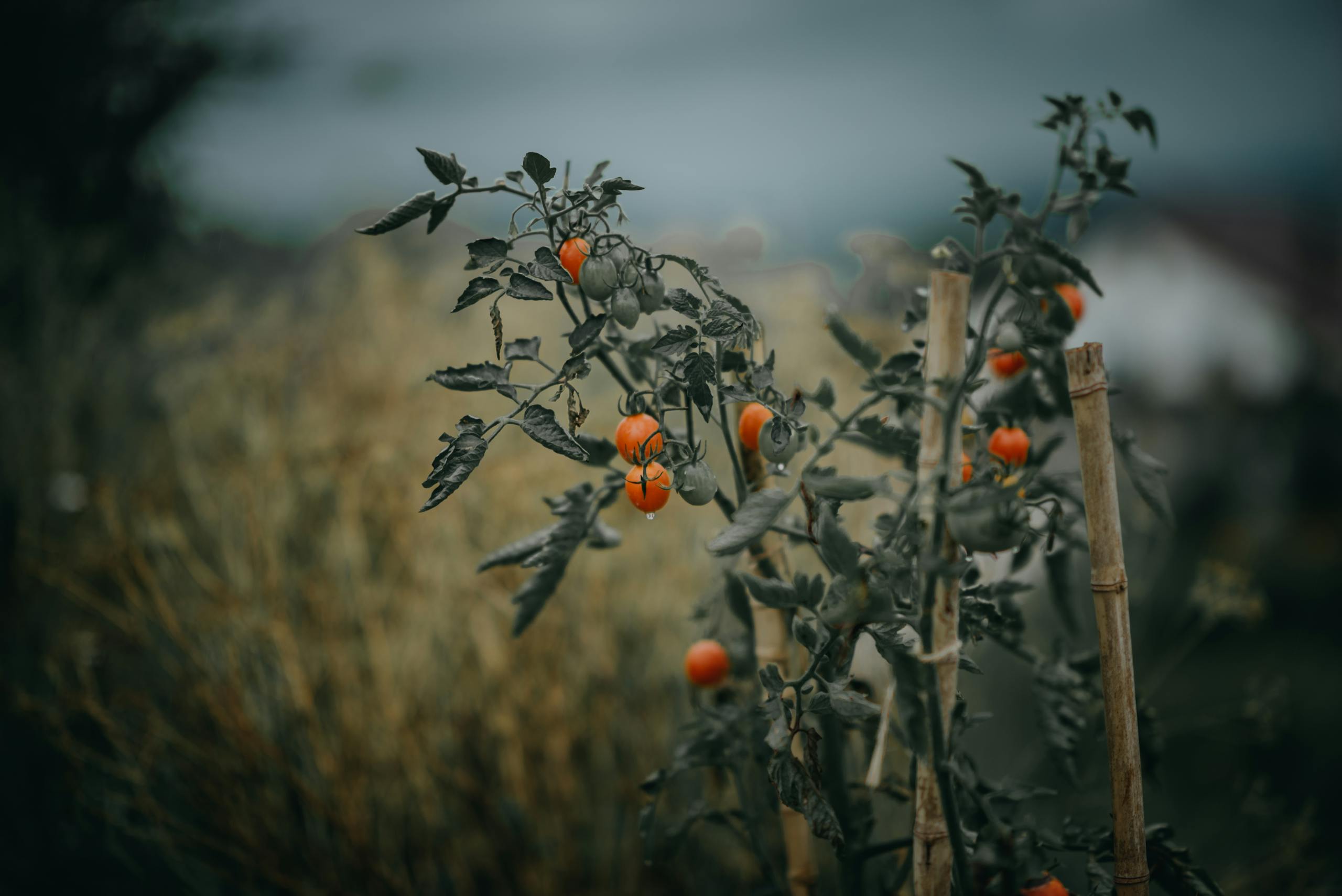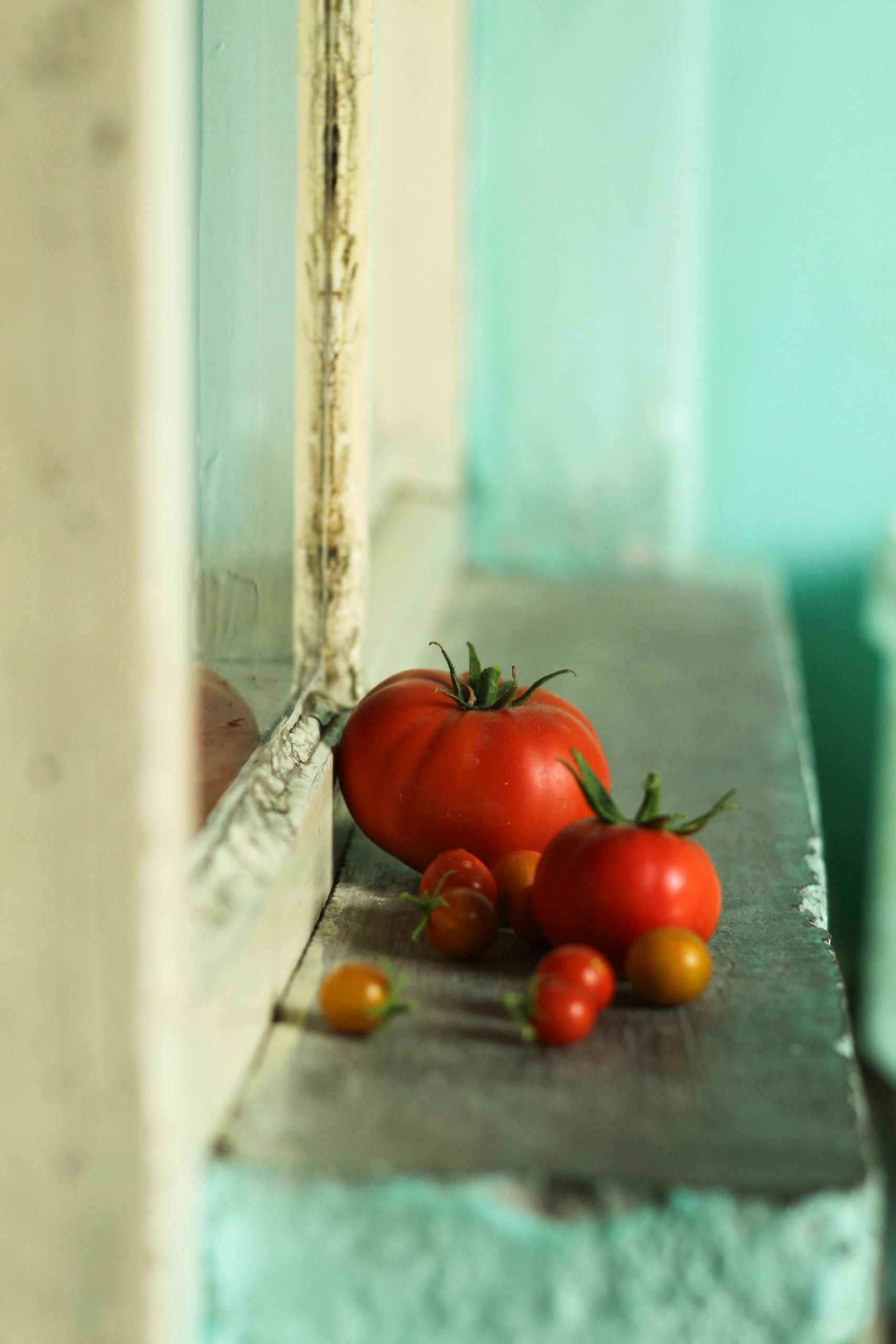Growing tomatoes at home can be a rewarding and satisfying experience for any gardening enthusiast. Whether you have a spacious backyard or a small balcony, tomatoes can be easily grown in containers or in the ground. With the right knowledge and care, you can enjoy a bountiful harvest of delicious, homegrown tomatoes. In this ultimate DIY guide, we will cover everything you need to know about growing tomatoes successfully.
Tomatoes are one of the most popular vegetables to grow at home due to their versatility in the kitchen and their vibrant colors. They thrive in warm weather and need plenty of sunlight to grow and ripen. When choosing a location for your tomato plants, make sure they receive at least 6-8 hours of sunlight per day. If you are growing tomatoes in containers, ensure that the pots have good drainage to prevent waterlogging, which can lead to root rot.
Before planting your tomato seeds or seedlings, prepare the soil by adding organic matter such as compost or well-rotted manure. Tomatoes prefer slightly acidic soil with a pH level between 6.0 and 6.8. You can test the pH level of your soil using a soil testing kit available at garden centers. Once the soil is prepared, plant your tomato seeds or seedlings about 18-24 inches apart to allow for proper air circulation and prevent overcrowding.
One of the essential aspects of growing tomatoes is watering. Tomatoes need consistent moisture to thrive, especially during the hot summer months. Water your tomato plants deeply at least once a week, making sure to water the base of the plant and avoid wetting the leaves. Mulching around the base of the plants can help retain moisture and prevent weeds from growing. Additionally, adding a layer of mulch will also help regulate the soil temperature and prevent soil splashing onto the plants, which can lead to disease.
As your tomato plants grow, they will require support to prevent them from bending or breaking under the weight of the fruit. You can use stakes, cages, or trellises to support your tomato plants and help them grow vertically. Pruning your tomato plants by removing suckers, which are small shoots that grow between the main stem and branches, can help improve air circulation and encourage fruit production.
To ensure a healthy crop of tomatoes, it is essential to monitor for pests and diseases regularly. Common tomato pests include aphids, whiteflies, and hornworms, while diseases such as blight and powdery mildew can affect tomato plants. Using organic pest control methods such as neem oil or introducing beneficial insects like ladybugs can help keep pests at bay. Proper spacing, good air circulation, and avoiding overhead watering can also help prevent diseases from spreading.
Harvesting tomatoes at the peak of ripeness will ensure the best flavor and texture. Tomatoes should be firm but slightly soft to the touch when ripe, and they should have a vibrant color and a sweet aroma. If you have an abundance of ripe tomatoes, you can preserve them by canning, freezing, or making sauces and salsas to enjoy throughout the year.
In conclusion, growing tomatoes at home is a fun and rewarding experience that can provide you with a plentiful supply of fresh, flavorful tomatoes. By following the tips and techniques outlined in this ultimate DIY guide, you can successfully grow your own tomatoes and enjoy the fruits of your labor. Happy gardening!









